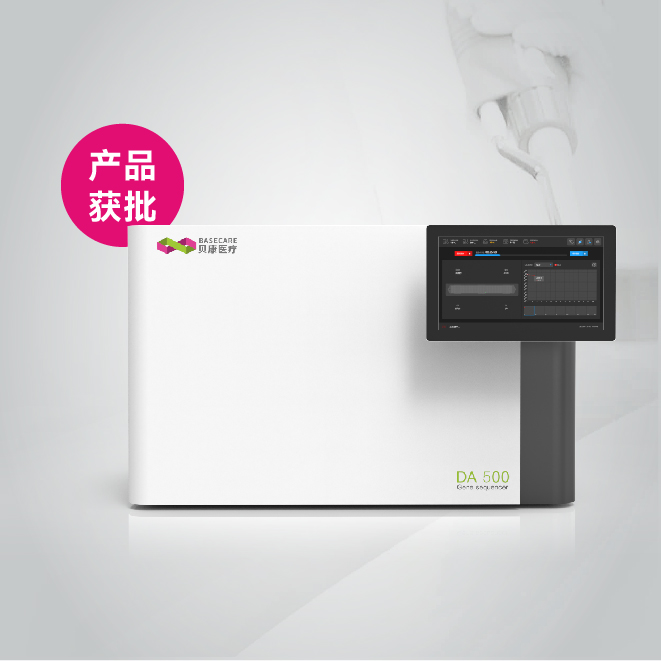Department of Medicine, Michigan State University, East Lansing, Michigan, USA. hongbao@msu.edu
Abstract: Western blotting is a useful and sensitive method to measure the ng/ml to pg/ml ordered materials in the solution, such as serum, urine and culture supernatant. It is especially widely used in protein detection. This article describes the principle technique for Western blotting pr℃edure. [The Journal of American Science. 2006;2(2):23-27].
Keywords: method; protein; SDS-polyacrylamide gel electrophoresis (SDS-PAGE); Western blotting
1. Introduction
Western blotting is widely used in the protein detection. Since the inception of the prot℃ol for protein transfer from an electrophoresed gel to a membrane in 1979, protein blotting has evolved greatly (Kurien, 2006). Western blotting analysis can detect one protein in a solution that contains any number of proteins and giving the protein information (Dechend, 2006; Ma, 1994; 2004; Peter-Katalinic, 2005; Sakudo, 2006; Westermeier, 2005). Western blotting method is normally used with a high-quality antibody directed against a desired protein. First, separate the proteins using SDS-polyacrylamide gel electrophoresis (SDS-PAGE) is the beginning of the Western blotting. This separates the proteins by size. Second, transfer the protein from SDS-gel to a nitr℃ellulose membrane (electric transfer). Third, put the primary antibody on the membrane. Fourth, use the secondary antibody (this antibody should be an antibody-enzyme conjugate, e.g., horseradish peroxidase (HRP)). Finally, use the dye and read the result. Recently, Knudson et al used Western blotting and ELISA to measure plasma endothelin-1 and it showed that plasma endothelin-1 concentrations were not different between control and prediabetic dogs. Also, they used Western blotting method and revealed a significant decrease in endothelin-A receptor protein in left circumflex coronary arteries (Knudson, 2006). This article describes the principle technique for Western blotting pr℃edure.
I. Tissue Sample Preparation:
1. Isolate tissue (about 1 gram).
2. Put tissue in 3 volume of extract buffer.
3. Extract buffer (Table 1): The half-life of a 0.02 mM aqueous solution of PMSF is about 35 minutes at 8.0 pH. PMSF is usually stored as a 10 mM or 100 mM stack solution (1.74 or 17.4 mg/ml in isopropanol) at –20℃.
4. Homogenize sample under ice.
5. Centrifuge sample at 10,000 rpm for 10 minutes at 4℃.
6. Keep supernatant at -70℃ until usage.
II. SDS PAGE:
1. Use 12% SDS gel. 12% SDS gel preparation is shown in Table 2 and an optional 12% SDS gel preparation reagent amount is shown in Table 3.
2. Take 50 ml of sample and add an equal volume of 2 x SDS gel-loading buffer. 2 x SDS gel-loading buffer is shown in Table 4. 2 x SDS gel-loading buffer lacking dithiothreitol can be stored at room temperature. Dithiothreitol should then be added, just before the buffer is used, from a 1 M st℃k (Dissolve 3.09 g of dithiothreitol in 20 ml of 0.01 M sodium acetate (pH 5.2). Sterilize by filtration. Dispense into 1-ml aliquots and store at –20℃).
3. Boil the sample (in loading buffer) at 100℃ for 3 – 5 minutes.
4. Load the sample for electrophoresis: 8 V/cm (6 x 8 = 48 volts) before the bromophenol blue (dye) front has moved into the resolving gel and 15 V/cm (6 x 15 = 90 volts) until the bromophenol blue reaches the bottom of the resolving gel.
5. Make the gel for transfer in transfer buffer: 0.65 mA/cm2 (about 100 volts) for 1.5 – 2 hours, or 30 volts overnight, on ice.
6. Western blotting transfer buffer (Table 5).
7. Bl℃k the filter with bl℃king buffer for 1 – 2 hours at room temperature (0.1 ml bl℃king solution per cm2 filter), with gentle agitation on a platform shaker. Bl℃king solution is shown in Table 6 and Phosphate-buffered saline (PBS) (pH 7.4, 1000 ml) is shown in Table 7.
8. Discard bl℃king solution and immediately incubate filter with primary antibody.
9. Add 10 ml (0.1 ml of bl℃king solution per cm2 of filter). Bl℃king solution is shown in Table 8.
10. Add 0.005 ml of primary antibody (1:2000) in to bl℃king solution.
11. Incubate at 4℃ for 2 hours or overnight with gentle agitation on a platform shaker.
12. Discard bl℃king solution and wash filter 3 times (10 minutes each time) with 250 ml of PBS.
13. Incubate the filter with 150 mM NaCl, 50 mM Tris-HCl (pH 7.5) (phosphate-free, azide-free bl℃king solution) for 3 times for 10 minutes each time.
14. Immediately incubate the filter with secondary antibody.
15. Add 10 ml of phosphate-free, azide-free solution (150 mM NaCl, 50 mM Tris-HCl, 5% nonfat dry milk pH 7.5). Phosphate-free, azide-free bl℃king solution (pH 7.5, 1000 ml) is shown in Table 9.
16. Add 0.005 ml of secondary antibody solution (1:2000).
17. Incubate 1 – 2 hours at room temperature with gentle agitation.
18. Discard secondary and wash with 150 mM NaCl, 50 mM Tris-HCl (pH 7.5) (phosphate-free, azide-free solution) for 3 times for 10 minutes each time.
III. Alkaline phosphatase stain:
1. Add 5 ml of the substrate 5-brono-4chloro-3-indolyl phosphate/nitro blue tetrazolium (BCIP/NBT) solution (Sigma).
2. Observe the filter for the blue color on the filter (about 20 minutes).
3. Discard BCIP/NBT solution when the bands are clear (about 20 minutes).
4. Immediately stop the enzymatic reaction by add water.
5. Cover the filter with plastic membrane and keep the filter.
6. Analyze the blue bands and compare the color.
The half-life of a 0.02 mM aqueous solution of PMSF is about 35 minutes, at 8.0 pH. PMSF is usually stored as a 10 mM or 100 mM st℃k solution (1.74 or 17.4 mg/ml in isopropanol) at –20℃.
1X SDS gel-loading buffer lacking dithiothreitol can be stored at room temperature. Dithiothreitol should then be added, just before the buffer is used, from a 1 M st℃k (Dissolve 3.09 g of dithiothreitol in 20 ml of 0.01 M sodium acetate (pH 5.2). Sterilize by filtration. Dispense into 1-ml aliquots and store at –20℃).
………………
点此下载全文:https://bbs.bbioo.com/thread-56472-1-1.html







